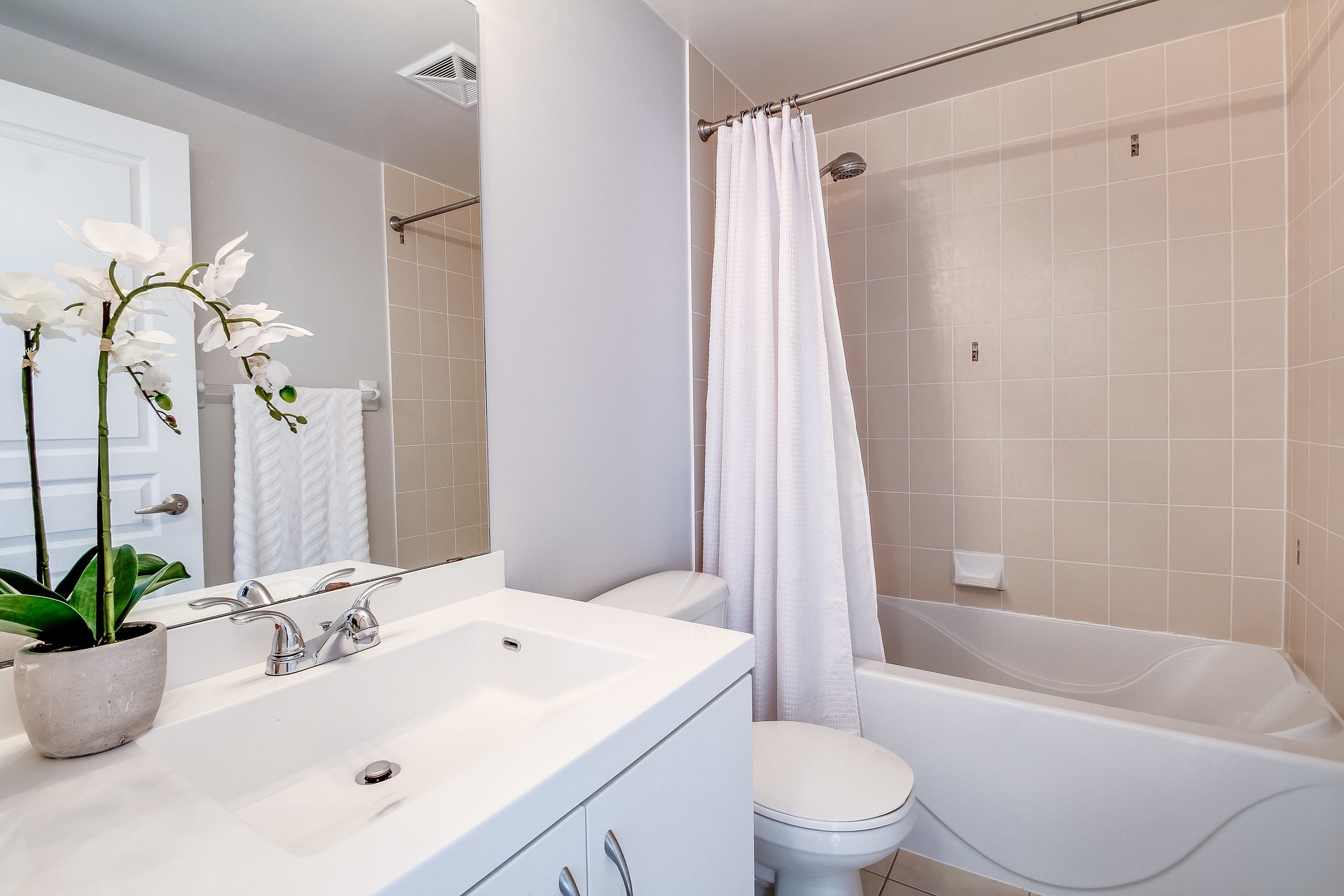Transform Your Bathroom: A Comprehensive Guide to Remodeling
Embarking on a bathroom remodel can breathe new life into your home, creating a personal oasis that combines functionality with style. Whether you're looking to update outdated fixtures, increase storage space, or create a spa-like retreat, a well-planned bathroom renovation can significantly enhance your daily routine and boost your property's value. This guide will walk you through the essential aspects of bathroom remodeling, helping you make informed decisions for your project.
-
Fixtures: Upgrading toilets, sinks, and faucets for improved efficiency and aesthetics.
-
Lighting: Incorporating layered lighting with ambient, task, and accent options.
-
Shower or bathtub: Installing a new shower enclosure, walk-in shower, or freestanding tub.
-
Vanity and storage: Adding custom cabinetry or floating vanities for a modern look and increased storage.
-
Ventilation: Ensuring proper airflow with an efficient exhaust fan to prevent moisture buildup.
When planning your remodel, consider which elements are most important to you and allocate your budget accordingly.
How can I create a spa-like atmosphere in my bathroom?
Transforming your bathroom into a spa-like retreat is a popular trend that can enhance relaxation and provide a luxurious feel. To achieve this ambiance:
-
Choose a soothing color palette with neutral tones like soft greys, whites, and earthy hues.
-
Incorporate natural elements such as wood accents, plants, or stone surfaces.
-
Install a rainfall showerhead or body jets for a luxurious shower experience.
-
Add a freestanding soaking tub as a focal point.
-
Use dimmable lighting to create a calm atmosphere.
-
Include plush towels, bathrobes, and a towel warmer for added comfort.
-
Consider adding a steam shower or sauna for ultimate relaxation.
Remember, creating a spa-like bathroom is about engaging all the senses and promoting a feeling of tranquility.
What are the latest trends in shower design?
Shower design has evolved significantly in recent years, with homeowners seeking both style and functionality. Some of the latest trends include:
-
Curbless, walk-in showers for a seamless look and improved accessibility.
-
Large-format tiles or continuous surfaces to minimize grout lines and create a sleek appearance.
-
Smart showers with digital controls for temperature, water flow, and even music.
-
Multiple showerheads and body sprays for a customized shower experience.
-
Frameless glass enclosures to create an open, airy feel.
-
Built-in niches and benches for added storage and comfort.
-
Unique tile patterns or accent walls to add visual interest.
When selecting a shower design, consider your space constraints, personal preferences, and long-term needs to ensure your new shower will be both beautiful and practical.
How can I maximize storage in a small bathroom?
Even in compact bathrooms, clever storage solutions can help you make the most of your space:
-
Install a floating vanity to create the illusion of more floor space while providing storage.
-
Use vertical space with tall, narrow cabinets or open shelving units.
-
Incorporate recessed medicine cabinets for hidden storage behind mirrors.
-
Add built-in niches in shower walls for shampoo and soap storage.
-
Utilize over-the-toilet storage with shelving units or cabinets.
-
Install towel bars on the back of doors or use over-the-door hooks.
-
Consider pull-out drawers in vanities for easier access to items.
By thinking creatively about storage, you can keep your small bathroom organized and clutter-free.
What should I consider when planning my bathroom renovation budget?
Planning a realistic budget is crucial for a successful bathroom remodel. Here are some key factors to consider:
-
Scope of work: Determine if you need a full gut renovation or just cosmetic updates.
-
Labor costs: Factor in expenses for plumbers, electricians, and general contractors.
-
Materials: Allocate funds for tiles, fixtures, cabinetry, and other finishes.
-
Unexpected issues: Set aside 10-20% of your budget for unforeseen problems or changes.
-
Permits and inspections: Include costs for necessary approvals from your local government.
-
Luxury items: Decide if high-end features like heated floors or smart toilets fit your budget.
| Renovation Type | Average Cost Range | Typical Scope |
|---|---|---|
| Basic Refresh | $5,000 - $15,000 | New fixtures, paint, minor repairs |
| Mid-Range Remodel | $15,000 - $30,000 | New tile, vanity, toilet, shower/tub |
| High-End Renovation | $30,000 - $100,000+ | Custom features, layout changes, luxury materials |
Prices, rates, or cost estimates mentioned in this article are based on the latest available information but may change over time. Independent research is advised before making financial decisions.
A well-planned bathroom remodel can significantly improve your home’s functionality and value. By carefully considering your needs, budget, and design preferences, you can create a beautiful and practical space that meets your requirements. Whether you’re aiming for a spa-like retreat or a efficient family bathroom, the key to success lies in thorough planning and working with experienced professionals to bring your vision to life.







